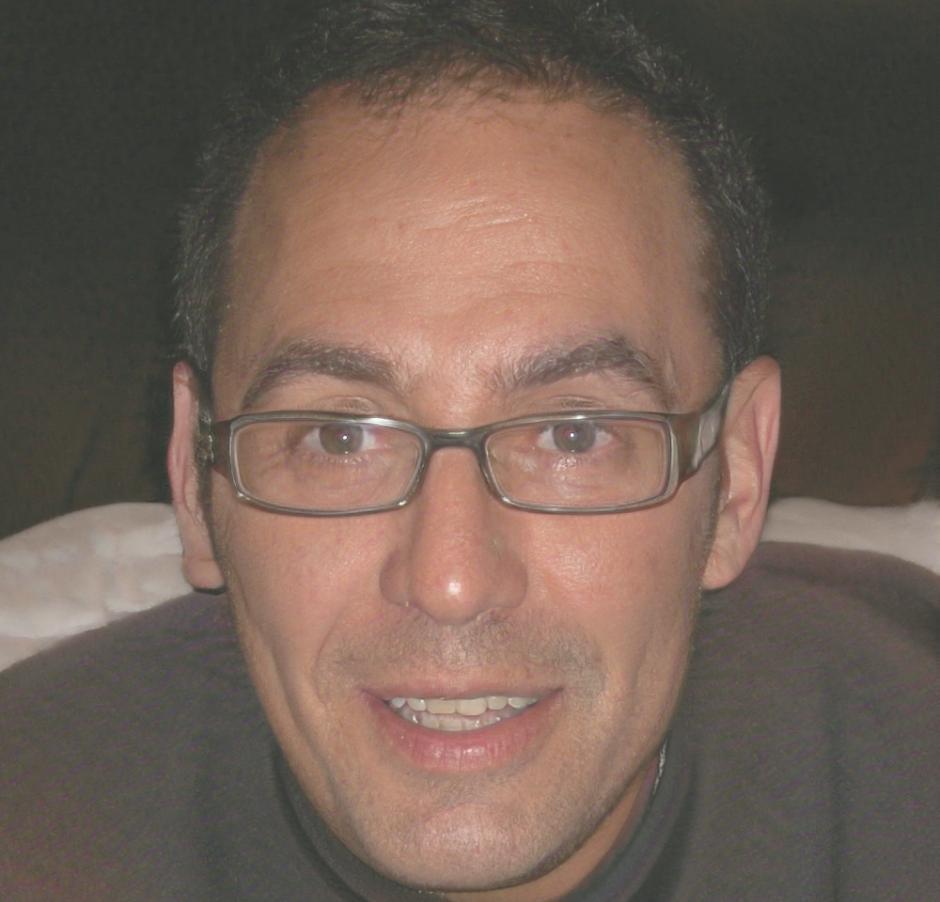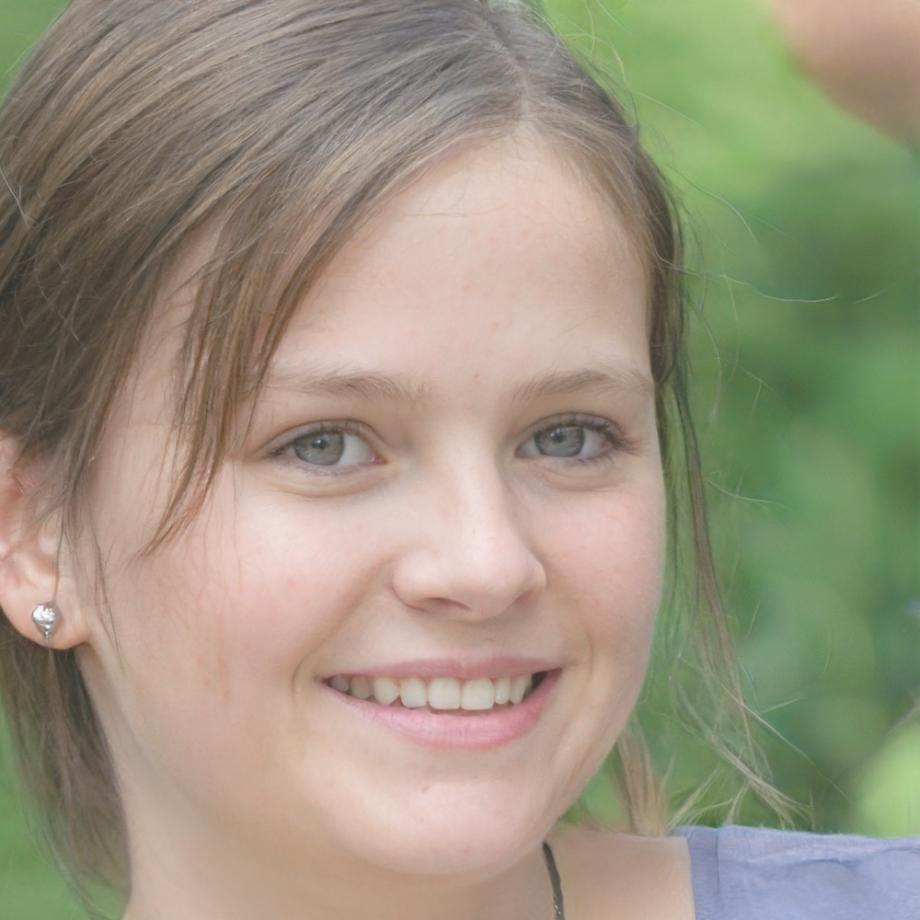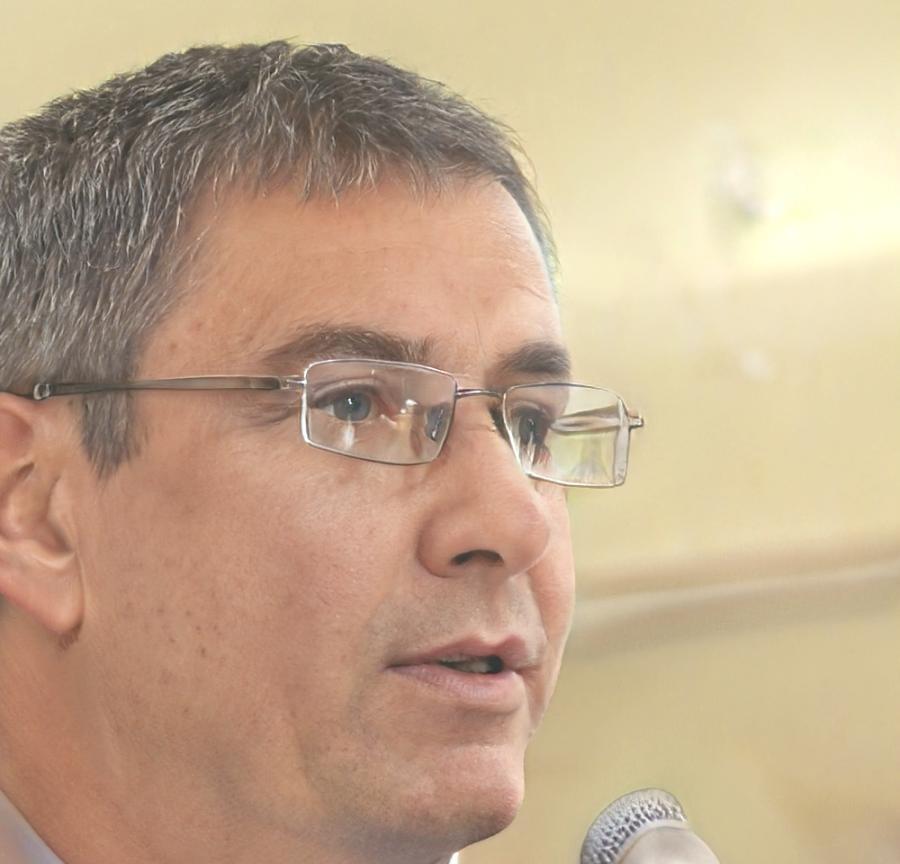
Kellan Driscoll
Options Specialist, Previously Risk Manager
Kellan joined us in early 2024 after spending seven years managing risk for a mid-sized investment firm in Taipei. He wasn't looking for shortcuts. His challenge was transitioning institutional knowledge into personal trading without the safety net of a team behind him.
What caught him off guard was how different individual decision-making felt compared to committee-based risk assessment. During our program, he rebuilt his approach from scratch focusing on volatility patterns in tech sector options.



